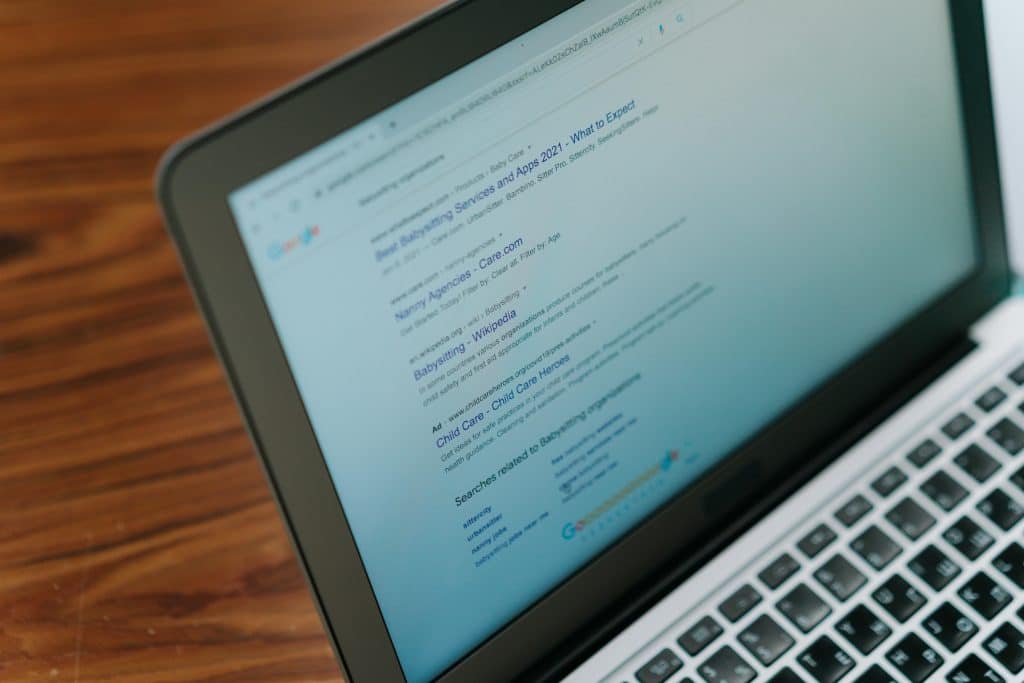In the age of algorithms and analytics, the drive to refine, optimize, and systemize has seized every domain—from user experience to product design. But as the pursuit of perfection intensifies, so does the risk of eroding curiosity, that inexplicable force driving inquiry and discovery. Here’s what happens when creativity yields to optimization—and why balancing both is essential.

The Dark Side of Over-Optimization
Choking Out Exploratory Behavior
Curiosity thrives in uncertainty. Yet overly optimized environments—where every dashboard metric is monitored and every process is benchmarked—leave little room for exploration. Individuals default to narrow, safe approaches to maintain performance. In psychology, this resembles the cognitive miser phenomenon: a tendency to simplify thinking and avoid effortful exploration when systems demand precision over novelty.
The Illusion of Mastery
Optimization encourages tight feedback loops: A/B tests, performance metrics, SEO scores. While helpful, they can create a false sense of security. Much like the illusion of control, people become over-reliant on optimizing what is measurable, while discounting unknowns that fuel creativity.
Stifling Divergent Thinking
Creative breakthroughs stem from divergent thinking—the ability to generate multiple ideas. Excessive optimization encourages one right way, not myriad possibilities. As divergent thinking research shows, without environments that support ambiguity, creativity wanes.
Why Curiosity Matters (and Can’t Be Over-Optimized)
Fuel for Innovation
Curiosity is strongly linked to creativity. A meta-analysis of 2,692 individuals revealed a correlation (r = 0.41) between curiosity and creativity—especially when curiosity prompts exploration of unknowns. But curiosity is fragile; too much predictability can snuff it out.
Learning and Mental Health
Curiosity isn’t just about innovation. Studies show curiosity enhances learning retention, well-being, and cognitive flexibility across ages. When optimization crowds out curiosity, environments become less meaningful and more stressful.
How Over-Optimization Appears in Real Life
SEO-Driven Content
Digital marketers often obsess over keywords and search rankings. A Reddit thread questions: “Is SEO killing creativity?”. Too often content becomes keyword soup instead of authentic storytelling. While some argue SEO doesn’t inherently kill creativity, many admit optimization can drain personal voice.
Agile with Rigid Sprints
In software and product development, agile processes impose tight cycles, user stories, and measurable goals. But when teams optimize for velocity and metrics, they sacrifice unplanned experimentation. Instead of curating novel applications, optimization steers focus back to what’s expected.
AI Overfit Models
AI development often prioritizes optimization on training datasets, but struggles in the real world. Wired warns against overly optimized AI systems—highlighting the need for “creatively adequate” design that tolerates ambiguity and fosters emergent behavior.
Emerging Trend: Balancing Optimization with Space
“Creative Sandbox” Teams
Some tech companies now carve out time for unstructured exploration—think Google’s 20% time or “hack weeks”. Teams temporarily disconnect from performance KPIs and immerse in curiosity-driven projects. This balance fosters creativity without abandoning optimization.
Human-in-the-Loop AI
In AI development, the emerging paradigm is not purely algorithm-driven optimization, but collaborative intelligence. Humans tweak and test models alongside AI, allowing human curiosity to direct exploration rather than letting data patterns alone dictate outcomes.
SEO + Storytelling
Forward-thinking content creators are bridging SEO with narrative craft. A LinkedIn strategist advises using SEO data to guide topics, then letting authentic storytelling take the lead. This ensures visibility without sacrificing curiosity.
A Guide to Preserve Curiosity in an Optimized World
1. Schedule Creative “Off-Grid” Time
Just as teams block time for deep work, schedule unstructured periods without metric review. Treat it like mental maintenance: no dashboards, no targets—just space to wander.
2. Embrace “Desirable Difficulty”
Introduce complexity and challenge. The concept encourages struggle that feels useful. For instance, use wildcards in brainstorming or build tools without precise UI specs. This friction can spark curiosity and insight Вікіпедія.
3. Build Curiosity Loops
Add mini-tests: ask questions during a sprint, then prototype one unexpected outcome. These loops reward curiosity with small wins, countering the perfection bias.
4. Combine Metrics With Reflection
After metric reviews, ask: What unknowns surprised us? What didn’t our data show? What could we explore next? This blends optimization with curiosity-led inquiry.
5. Cross-Pollinate Ideas
Mix people from product, design, content, and data. Interdisciplinary exposure breaks confirmation bias and invites exploration into new domains.
Case Study: SEO + Storytelling
A boutique publishing startup began A/B testing headlines and ad copy. Results: slight lift in click-through rates—but stories felt hollow. Then they reframed optimization with storytelling: content became themed around human-interest elements and unexpected data. The result? 20% increase in engagement and more authentic brand voice. They optimized structurally, not creatively.
Why This Trend Is Gaining Momentum
Remote Work and Mental Well‑being
As remote environments strain routine, intentional creativity rituals counteract monotony. Scheduling curiosity breaks improves morale and problem-solving.
Rise of AI & Too Much Optimization
AI can automate optimization, but creativity requires organic thinking. Human-AI teams must integrate curiosity into design loops.
Deeper Consumer Expectations
Modern audiences crave authenticity. Brands using optimization solely to maximize clicks risk losing stories that engage and inspire.
Conclusion
Relentless optimization—whether for clicks, conversions, or code efficiency—carries the hidden cost of diminished curiosity. But curiosity is not a luxury; it’s the spark behind innovation, learning, and human resilience. Rather than abandoning metrics, aim for a balanced ecosystem: combine structured performance with dedicated space for exploration, friction, and surprise.
This trend matters now more than ever. As AI grows, remote work matures, and audiences seek authenticity, environments that honor curiosity will outperform those that don’t. The next generation of leaders will optimize, and wonder.
References
- Schooler, J. W., Gross, M. E., & Zedelius, C. M. (2020). Cultivating an understanding of curiosity as a seed for creativity. Current Opinion in Behavioral Sciences.
https://doi.org/10.1016/j.cobeha.2020.07.015 FourFront+8Medium+8theseoshow.co+8labs.psych.ucsb.edu - Dubey, R., & Griffiths, T. L. (2017). A rational analysis of curiosity. PsyArXiv.
https://psyarxiv.com/wg5m6/ arXiv - Wired (2022). Optimizing Machines Is Perilous. Consider ‘Creatively Adequate’ AI. https://www.wired.com/story/artificial-intelligence-data-future-optimization-antifragility WIRED+1WIRED+1









